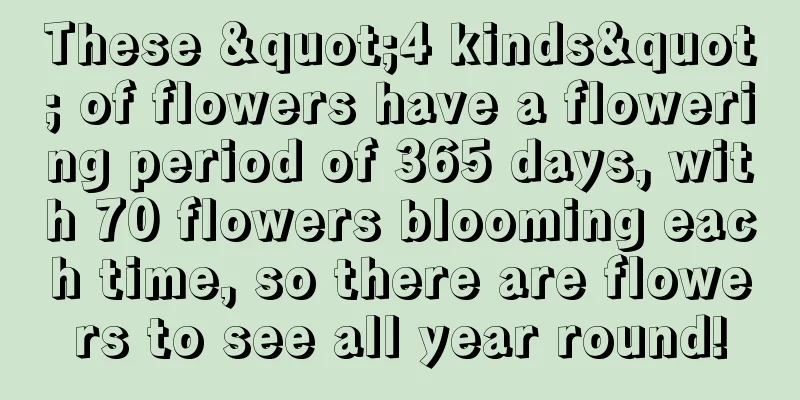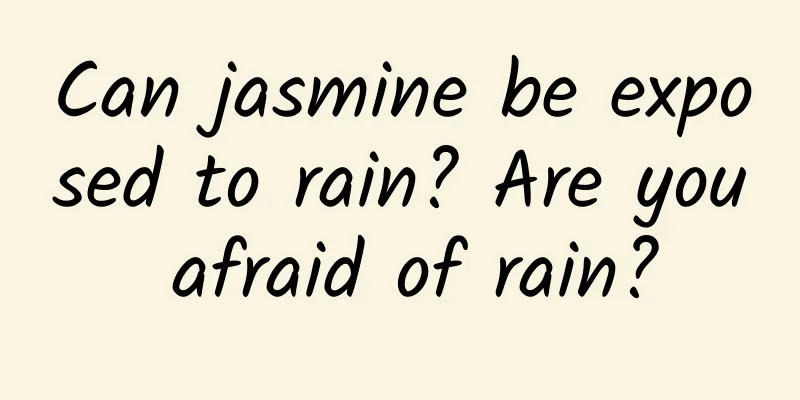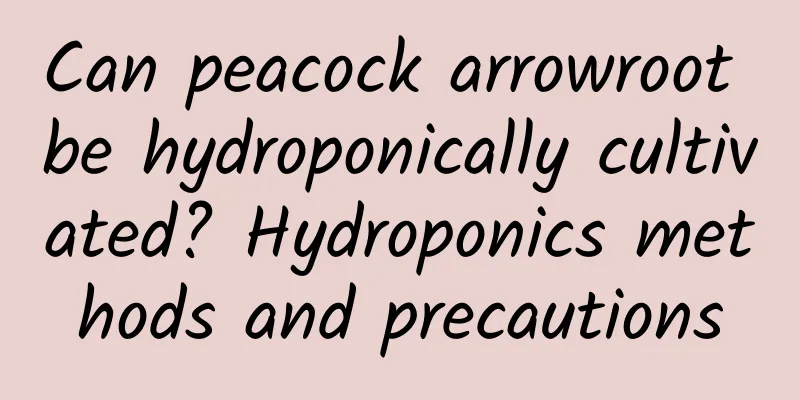Is snow lotus poisonous? How to cultivate it with minimum worry?

1. Is it poisonous?Because of its unique appearance, the leaves seem to be covered with a layer of white snow, and some people may wonder whether it is poisonous. In fact, it is a relatively common plant in life, so it is non-toxic. It is okay even if you touch it, and it won't emit toxic gases, so you can rest assured and it's okay to keep it at home. Not only is it not toxic, it also has high ornamental value when cultivated and can serve as a great decoration. In addition to being cultivated at home, it is often seen planted on the roadside. 2. How to breed with the least worry1. Flower soil: Sandy soil is suitable for breeding, it is best to be soft and contain certain nutrients. 2. Sunlight: Sunlight is more important and is an important factor for its growth. It is necessary to ensure sufficient light, and it can be placed on a balcony or near a window with better light. 3. Water and fertilizer: Providing these two aspects well during the growing period can support its growth normally. At other times, there should be a period of interval between two waterings, and then apply water again after the soil is completely dry. One thing to note is that the fertilizer should not get on the leaves. |
<<: Is daylily poisonous? How to grow it most scientifically
>>: Can the copper coin grass be placed in the bedroom?
Recommend
How to propagate Pteris fasciata
Division propagation of Pteris fasciata The pteri...
What kind of fertilizer is good for camellia base fertilizer (base fertilizer application method)
Camellia base fertilizer selection Camellia needs...
When is the best time to plant apricot seeds?
Apricot tree seed planting time Apricot trees are...
Gerbera Flower Language
1. Flower Language The flower language of gerbera...
When is the best time to repot the photinia? In which month is it suitable to repot?
Time to repot the photinia The Chinese photinia n...
How often should I water Schefflera?
How often should I water Schefflera? Schefflera l...
What fertilizer is good for growing water spinach?
Fertilizer for growing water spinach Water spinac...
How to propagate the succulent plant snow lotus
Propagation by division When cultivating snow lot...
What are the functions of Roselle
1. Roselle can promote digestion Roselle is rich i...
When is the best time to plant kiwi fruit trees?
The soil for planting kiwi trees must be fertile,...
How to make pumpkin delicious? Can pregnant women eat pumpkin?
1. How to do it There are many ways to eat pumpki...
How to divide the pots of Rieger Begonia so that it can survive easily
When is the best time to divide the pots of Begon...
How to grow medlar
1. Soil Loose and fertile soil should be used for...
Will gardenia die if watered too much? How to water gardenia normally?
1. Will overwatering kill the plant? Although gar...
What vegetables can’t be planted together with cucumbers (can different varieties of cucumbers be planted together)
Which vegetables should not be planted together w...









